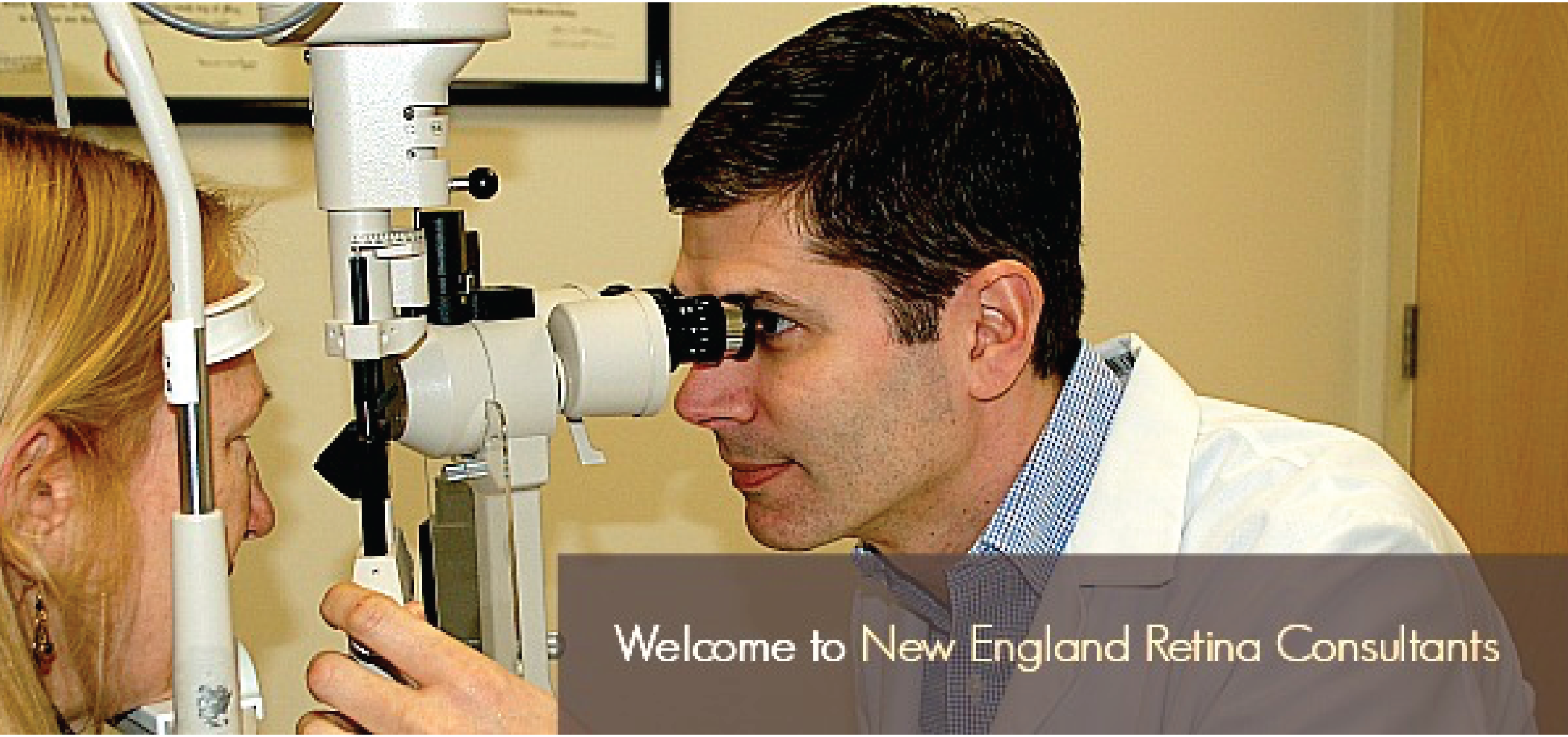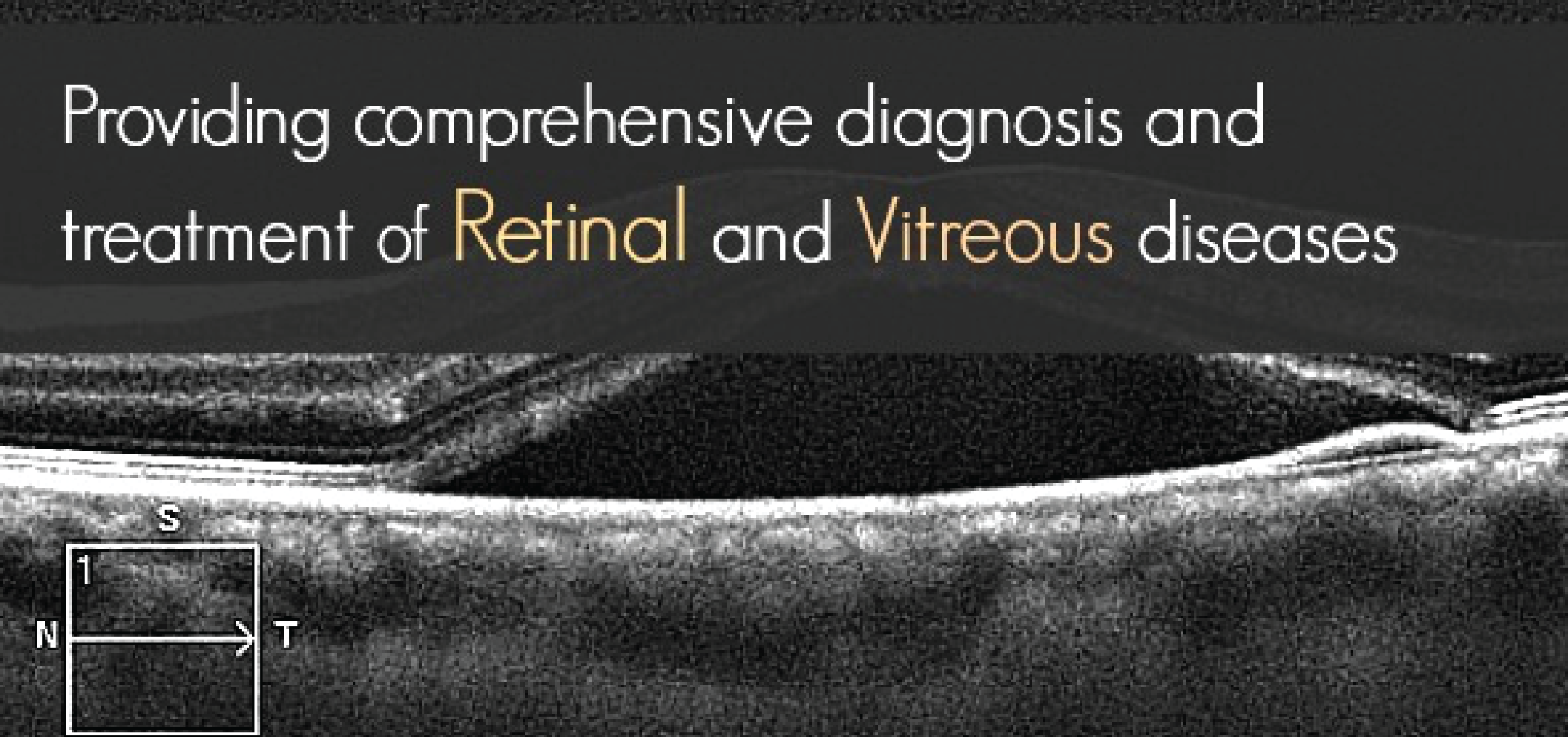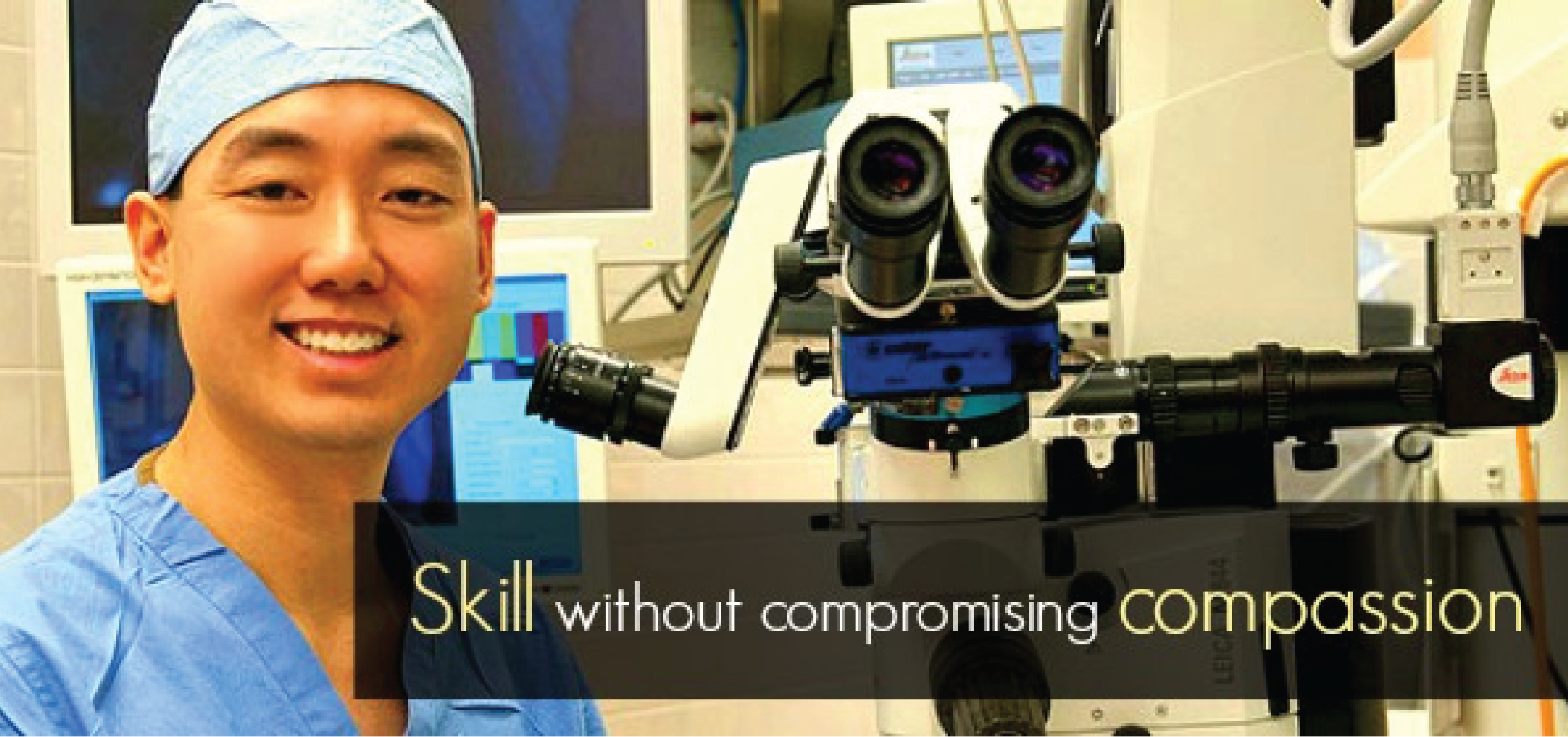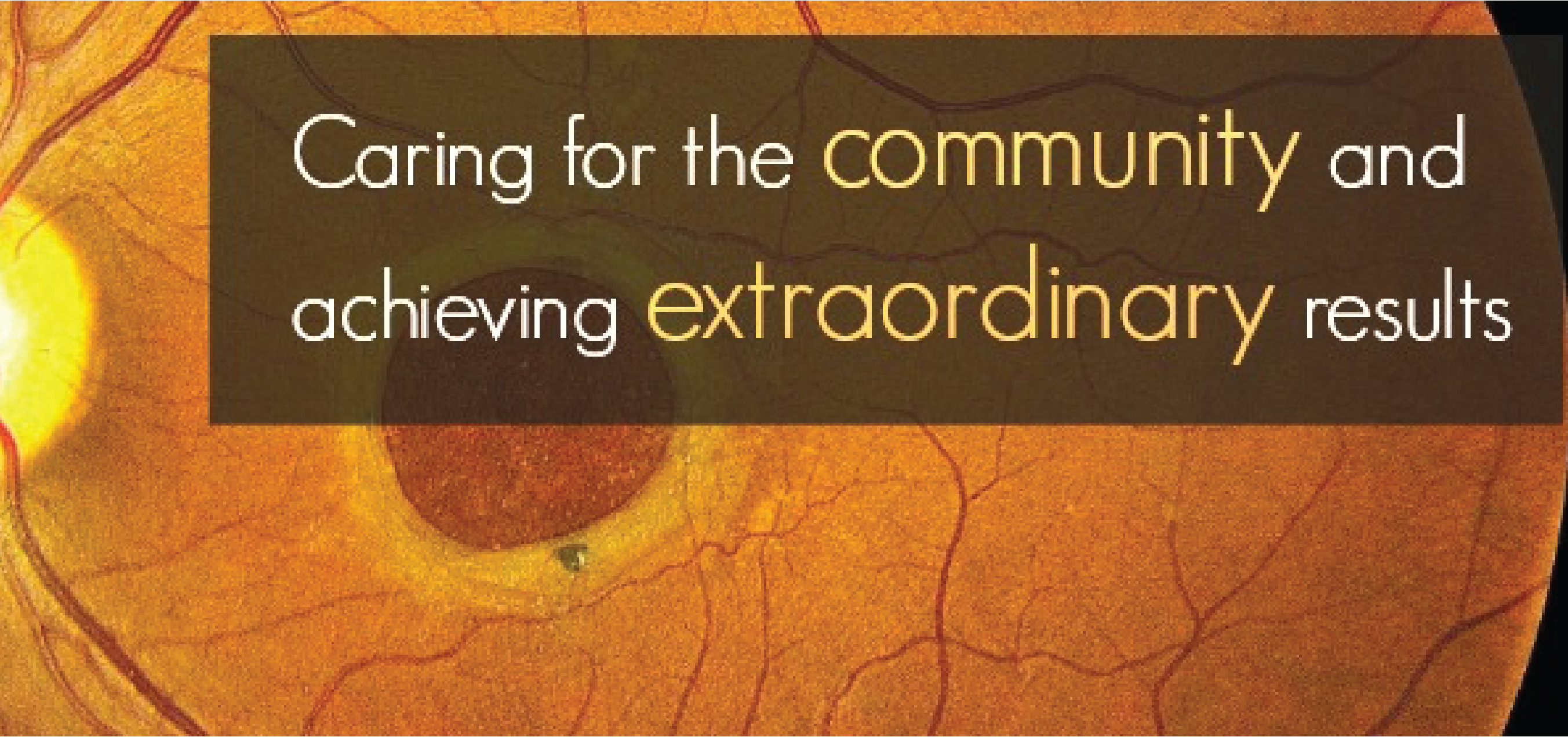Central Retinal Vein Occlusion (CRVO)
A central retinal vein occlusion (CRVO) occurs when there is a blockage of blood flow in the largest vein within the retina. Typically, the occlusion occurs near or within the optic nerve where an adjacent artery may compress the vein causing it to become blocked. The blockage can also occur from a thrombosis within the vein.
A CRVO is most commonly caused by arteriosclerosis which affects certain patients as they age. Arteriosclerosis over many years can cause arterioles to develop plaque build-up that thickens and hardens the artery wall, leading to compression of an adjacent vein. A CRVO typically causes central vision loss caused by associated macular edema (swelling). The retina physician detects a CRVO by observing retinal hemorrhages and venous dilation and tortuosity all four quadrants of the retina.
A CRVO may cause complications in the years following the initial event including macular edema (swelling of the retina), abnormal blood vessel growth (neovascularization of the retina), and elevated intraocular pressure (neovascular glaucoma). Therefore, the patient will require repeated dilated examinations over time.
A fluorescein angiography test may be performed to confirm a CRVO is present and look for abnormal blood vessel growth.
If macular edema is detected and accompanied with vision loss, the physician may recommend injection of a medication into the eye. Anti-VEGF medications and steroid medications are currently used as treatment for macular edema. In addition, a laser treatment is sometimes recommended if abnormal blood vessel growth is present.









